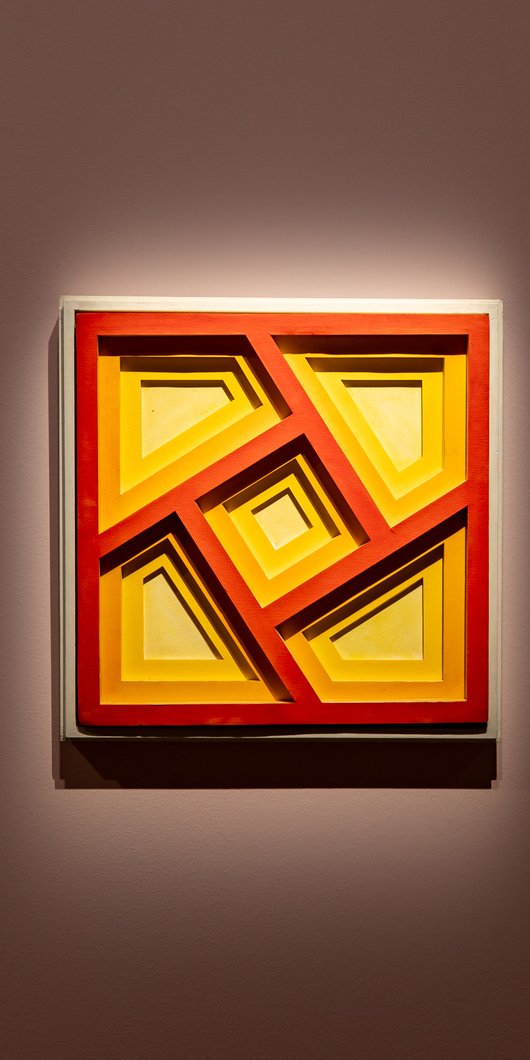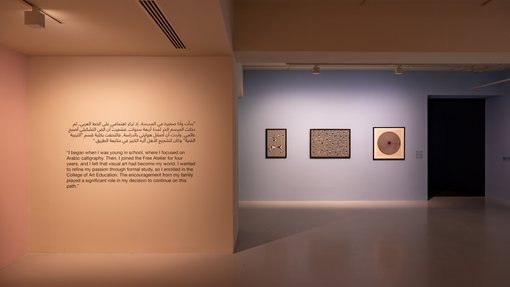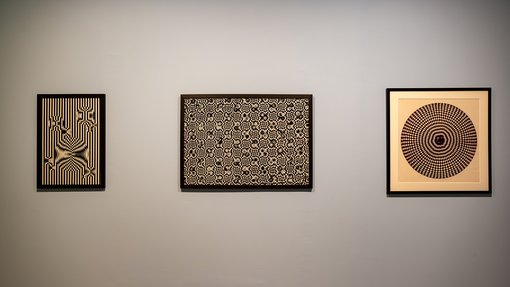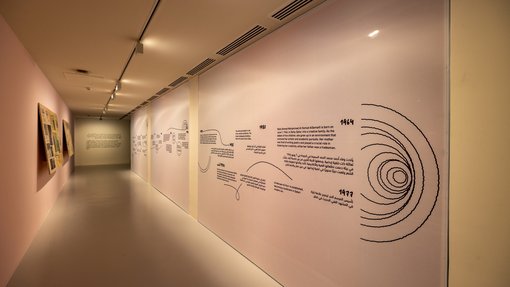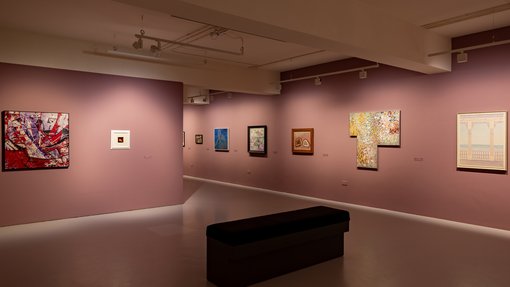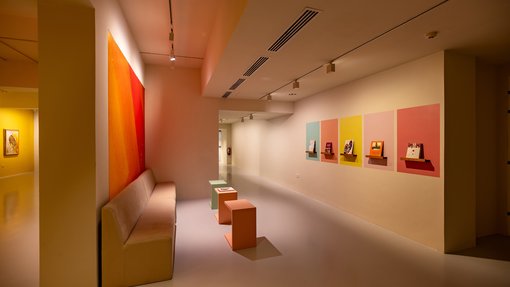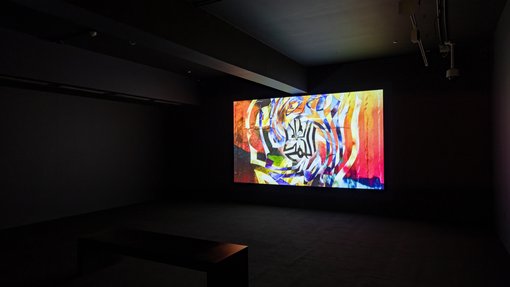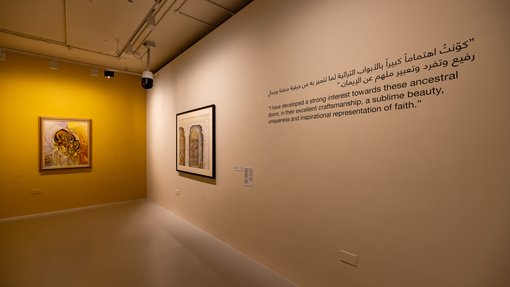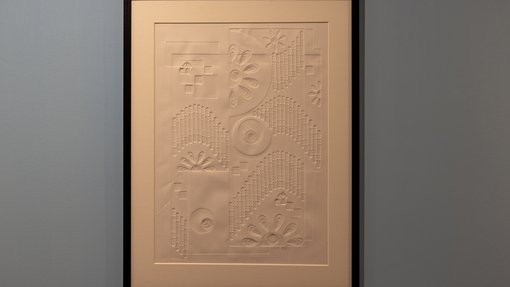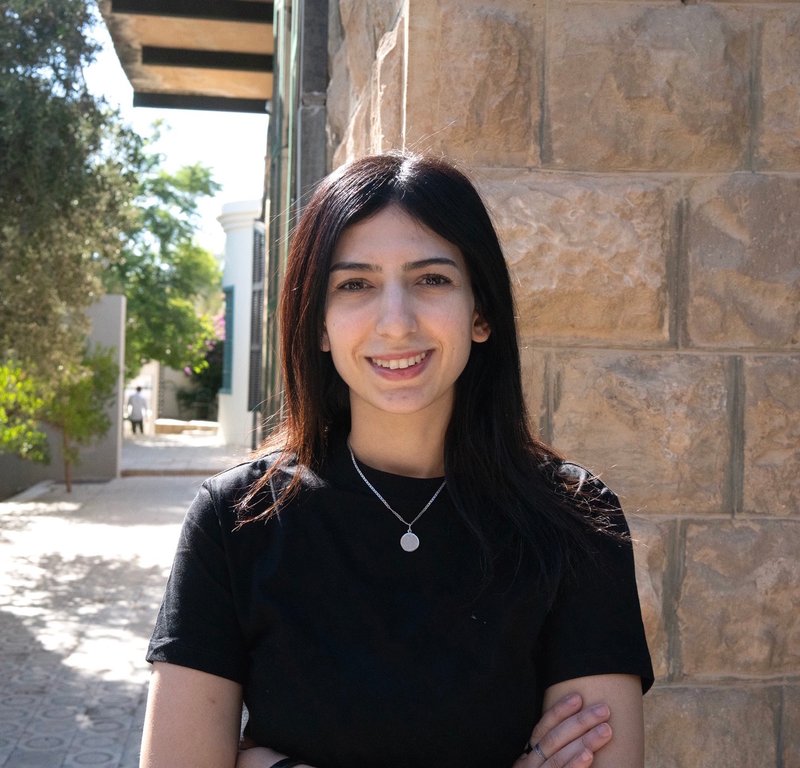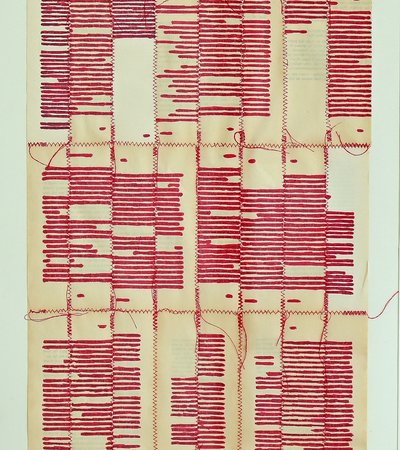When the poet Ibn Raddas collected women’s poetry, his gesture extended beyond preservation. It was, as scholar Moneera Al-Ghadeer points out, an act of remembrance. He documented not only the verses but also the names, tribal affiliations, and places of origin of Bedouin women poets, ensuring they would be remembered, not merely represented. This idea of memory as a poetic and political gesture has shaped my approach to Wafa al-Hamad: Sites of Imagination. Rather than offering a survey or definitive retrospective, the exhibition is a proposition: a site for reencountering a practice that resists easy classification and that has remained underexamined despite its resonance.
The idea for this exhibition was conceived in conversation with Mathaf’s director Zeina Arida and began after curating Lived Forward in 2020, an experimental show that brought together artists from Qatar across generations and built on existing exhibitions. That experience deepened my interest in recontextualising figures, especially women whose contributions to the cultural landscape of Qatar and the Gulf remain largely unacknowledged. It also raised methodological questions that continue to shape my curatorial research. Wafa al-Hamad, who passed away in 2012, emerged as a pivotal figure. She was an educator, one of the first two Qatari women to earn a degree in art education from Qatar University, and later the first to obtain a PhD in the same field. While a few of her selected works had previously been shown at Mathaf, it soon became clear that her practice extended far beyond those appearances, engaging with conceptual, spiritual, and formal concerns that continue to speak to our moment.
